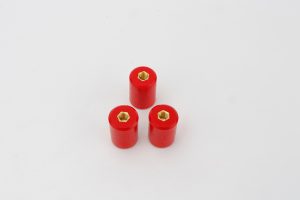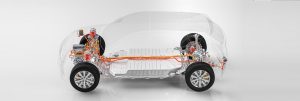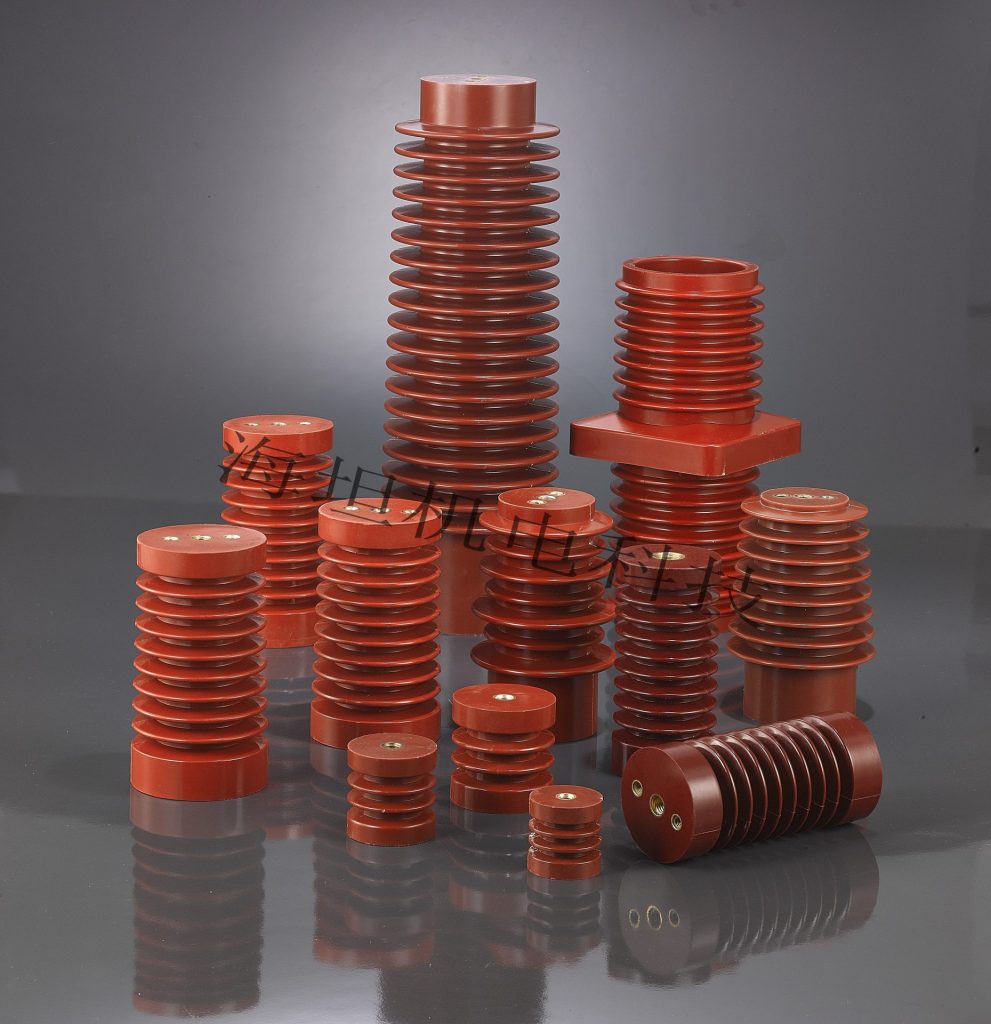Application of DMC Insulation Column in the Electric Vehicle Industry
From protecting EV battery packs to enhancing motor efficiency and ensuring thermal stability, DMC insulation columns are essential to modern EV design. In this blog, I’ll walk you through their applications, benefits, and why they are a game-changer in the electric vehicle industry.
What is a DMC Insulation Column?
If you’ve ever wondered how electric vehicles (EVs) manage to remain safe, efficient, and durable despite dealing with high-voltage systems, DMC insulation columns play a big part in this.
DMC insulation columns are high-strength, heat-resistant, and electrically insulating components that are widely used in electrical and electronic applications. They are made from a polymer composite of polyester resin, glass fibers, and fillers, which makes them incredibly robust. These insulators are commonly found in EVs, power distribution systems, and high-voltage applications where insulation and mechanical support are critical.
So, why are DMC insulation columns becoming a game-changer in the EV industry? Let’s dive in.

DMC Insulation Columns in EV Battery Protection
Keeping High-Voltage Batteries Safe
Electric vehicles run on high-voltage battery packs, typically ranging from 400V to 800V. Without proper insulation, these battery systems can pose serious safety risks, including short circuits, overheating, and potential electrical failures. DMC insulation columns step in as the silent protectors of these battery systems.
How DMC Insulators Enhance EV Battery Safety:
High Dielectric Strength – Prevents electrical breakdowns, ensuring no short circuits occur within the battery pack.
Heat Resistance – Withstands high temperatures during battery operation, preventing material degradation.
Mechanical Strength – Provides structural support for battery modules, keeping components stable under extreme conditions.
Moisture and Chemical Resistance – Protects against environmental factors like humidity and battery electrolyte leaks.
Example:
Imagine a Tesla Model S battery pack. It consists of thousands of small battery cells arranged in modules. DMC insulation columns are placed strategically between these modules to keep them separated, insulated, and structurally stable. This not only extends battery life but also ensures maximum safety during operation.

Versatility of DMC in EV Motors and Charging Stations
Enhancing EV Motor Performance
The motor is the heart of an EV, converting electrical energy into mechanical power. DMC insulation columns help in:
Preventing electrical arcing between motor windings.
Improving thermal management by resisting heat buildup.
Increasing motor lifespan by protecting against wear and tear.
EV manufacturers like Nissan, Tesla, and BMW incorporate DMC-based insulation in their motor designs to maintain efficiency and longevity.
Making EV Charging Stations Safer
DMC insulation columns are also found in EV charging infrastructure. With rapid charging stations delivering high voltages up to 350kW, the insulation quality is crucial.
Key benefits include:
Ensuring electrical isolation to prevent faults during charging.
Enhancing fire resistance in high-temperature environments.
Providing robust mechanical support in charging connectors and power electronics.
Example:
Picture a fast-charging station on a highway. It delivers a high current to charge EVs in minutes. Without DMC insulation columns inside the power electronics, these stations would be vulnerable to breakdowns, overheating, and short circuits.
Thermal Stability of DMC in Electric Vehicle Motors
Heat management is one of the biggest challenges in EV design. As motors and batteries generate heat, improper insulation can lead to inefficiencies and failures.
Why DMC Excels in Thermal Stability:
- Can withstand temperatures up to 250°C.
- Low thermal conductivity, meaning it doesn’t conduct heat easily.
- Maintains insulation properties even after long-term exposure to heat cycles.
Using DMC insulation columns helps prevent hotspots in EV motors, keeping performance smooth and efficient.
DMC Insulators: Essential for Modern EV Design
Why are automakers shifting to DMC insulation columns?
Here’s a quick breakdown of what makes them essential:
✔ Lightweight & Strong – Keeps the vehicle lightweight while maintaining high durability.
✔ Corrosion-Resistant – Works perfectly in humid and high-salinity environments.
✔ Flame-Retardant – Enhances safety in case of thermal incidents.
✔ Customisable Shapes & Sizes – Adapts easily to various EV applications.
Improving EV Durability with DMC Insulators
Durability is non-negotiable in electric vehicles. The DMC insulation column plays a vital role in improving the lifespan of EV components by:
Reducing material fatigue under constant vibration and movement.
Enhancing environmental resistance against dust, chemicals, and moisture.
Minimising wear and tear in high-voltage applications.
In short, DMC insulation columns help EVs go the extra mile—literally!
The Dual Benefits of DMC in EV Safety
Electrical Safety
- Provides superior insulation in high-voltage environments.
- Prevents short circuits and electrical fires.
- Ensures stable power flow in battery packs and motors.
Mechanical Safety
- Supports structural stability in battery casings.
- Enhances durability in charging stations and connectors.
- Maintains integrity even in high-impact environments.
FAQs
1.Are DMC insulation columns only used in EV batteries?
No! While they are widely used in EV battery protection, they also play a crucial role in EV motors, charging stations, and power distribution units.
2.How does DMC compare to traditional insulation materials?
DMC is stronger, more heat-resistant, and offers better mechanical support than traditional plastic or ceramic insulators.
3.Can DMC insulation columns improve EV range?
Absolutely. By reducing heat loss and improving electrical efficiency, DMC components contribute to better energy management, which can enhance an EV’s driving range.
4.What does DMC stand for of DMC Insulator?
DMC stands for Dough Moulding Compound. It’s a type of strong, heat-resistant plastic made from polyester resin, fiberglass, and fillers. DMC insulators are used for electrical insulation, especially in high-voltage applications like electric vehicles.
Conclusion
From battery packs to motors and charging stations, DMC insulation columns are the unsung heroes of the EV industry. They provide thermal stability, mechanical strength, and superior insulation, ensuring that electric vehicles remain safe, efficient, and durable.
As the world moves towards sustainable mobility, expect DMC insulation columns to play an even bigger role in shaping the future of electric transportation. Whether you’re an EV manufacturer or just an enthusiast, understanding the importance of these components is key to appreciating the technology that drives the electric revolution.
--- END ---
© Copyright 2024 China Haitan Electromechanical Technology Co., Ltd. All rights reserved.SUPPORT BY:JUNJ Privacy Policy

 E-mail:
E-mail:  No. 20 Lingyun Road, Dongfeng
No. 20 Lingyun Road, Dongfeng 
